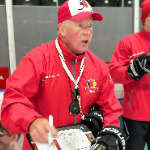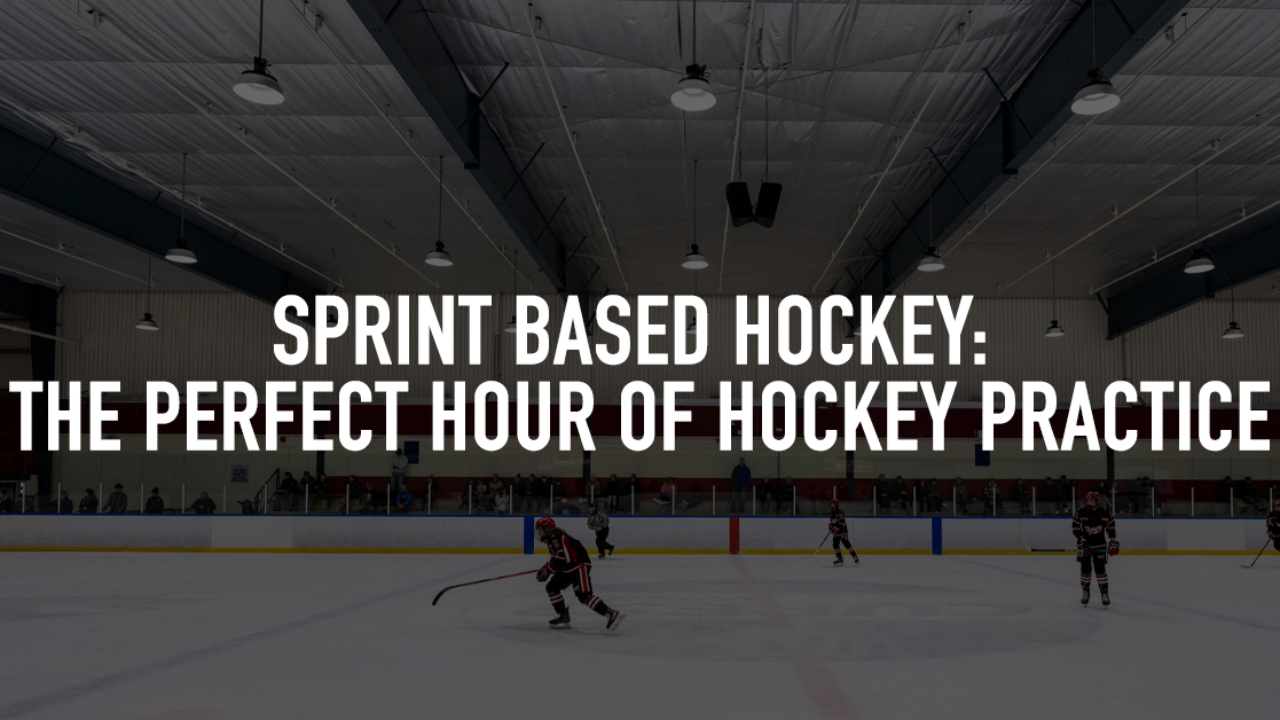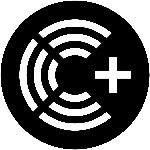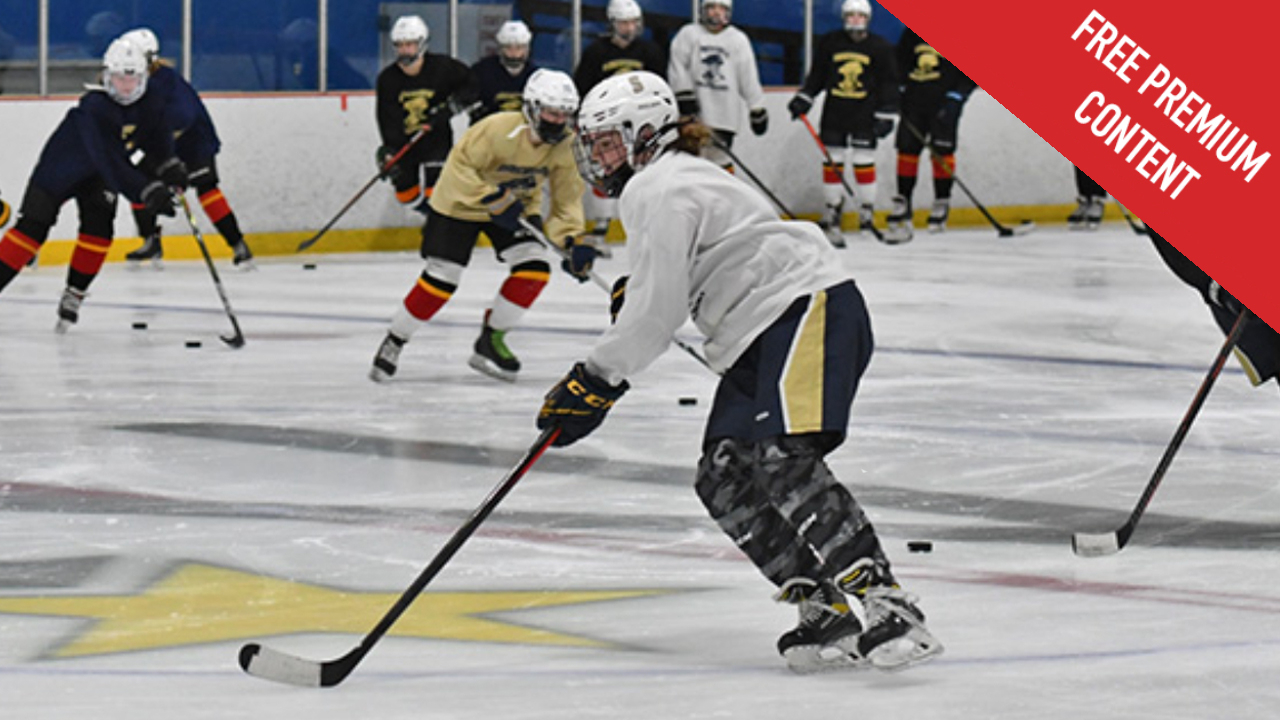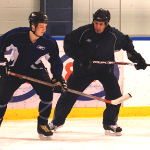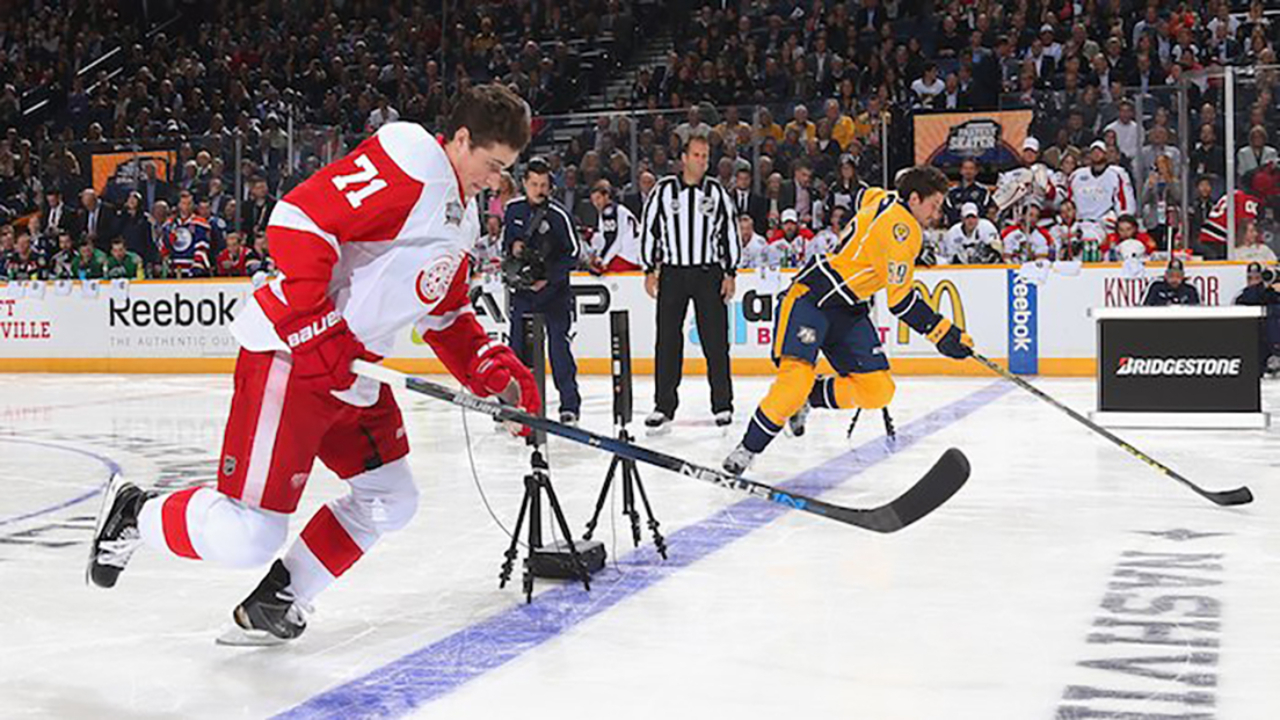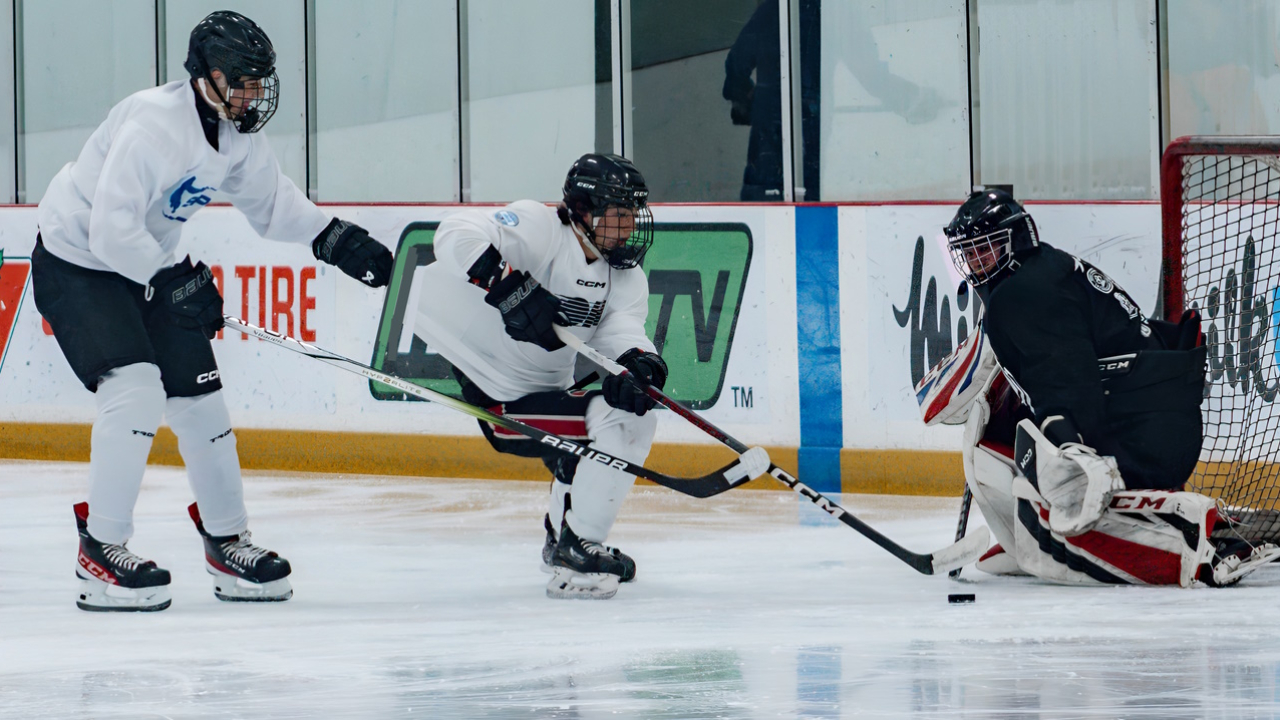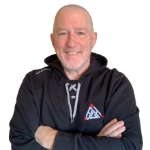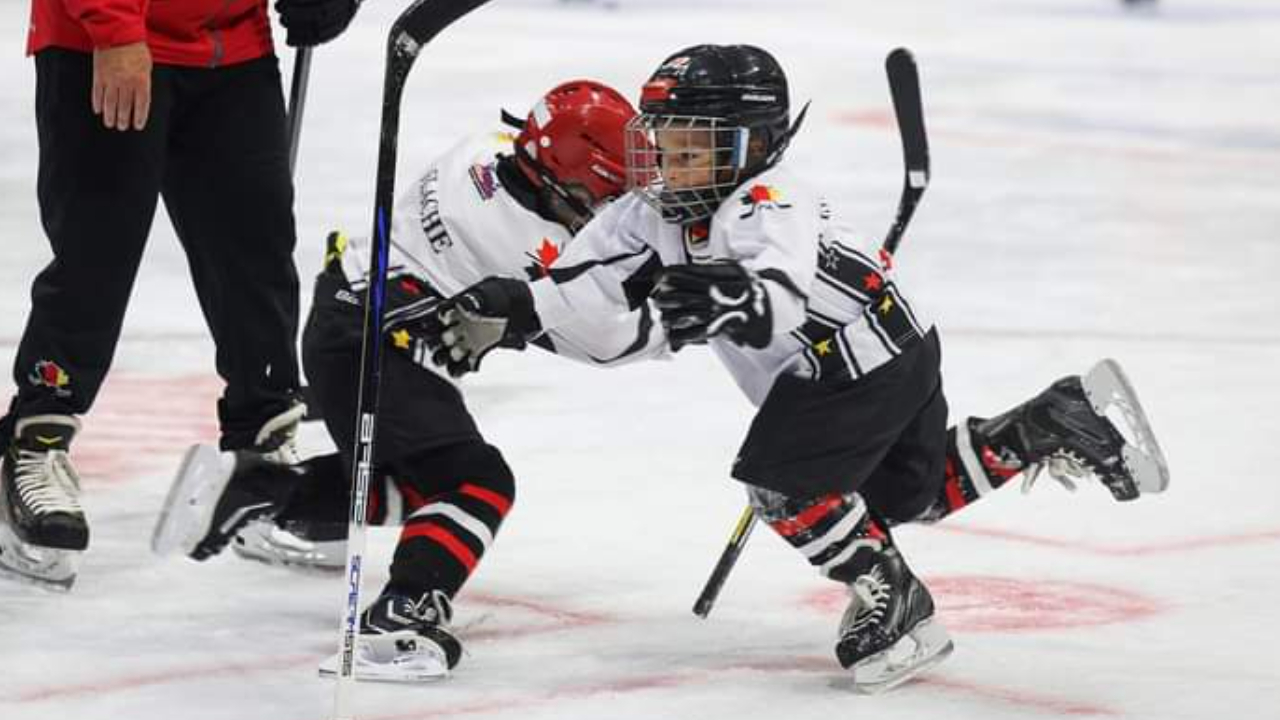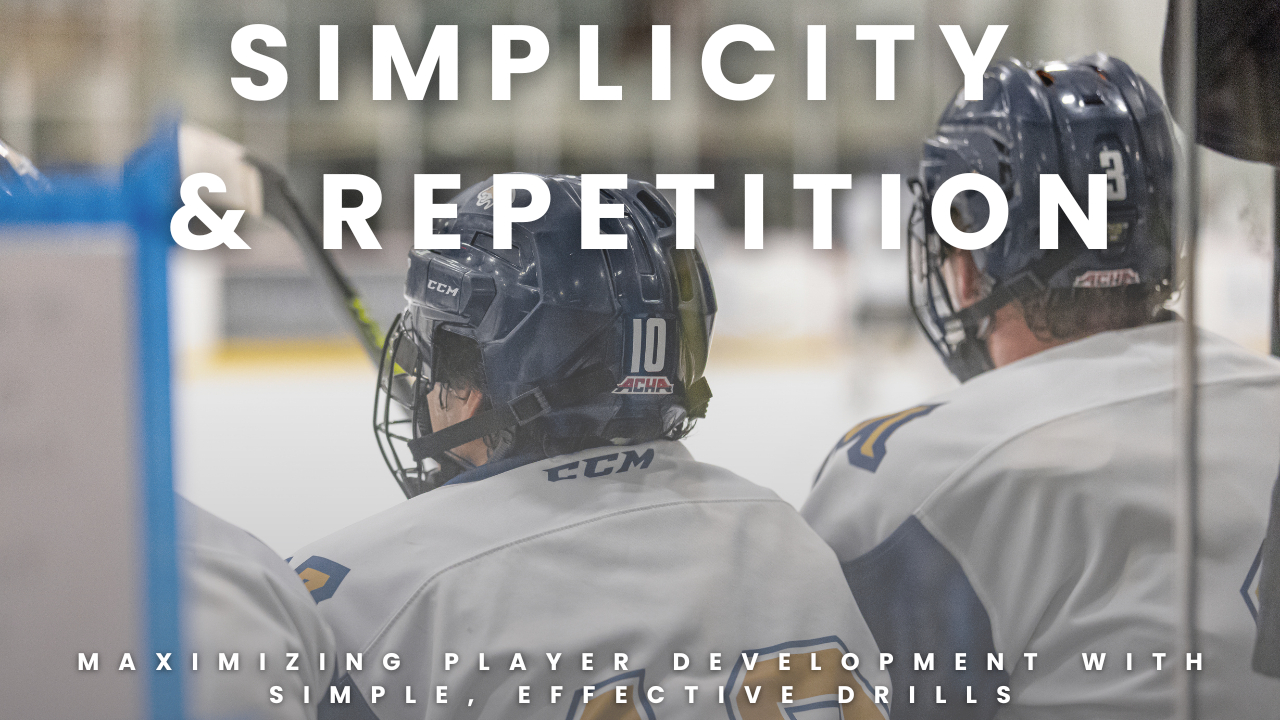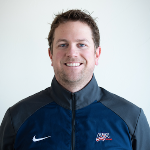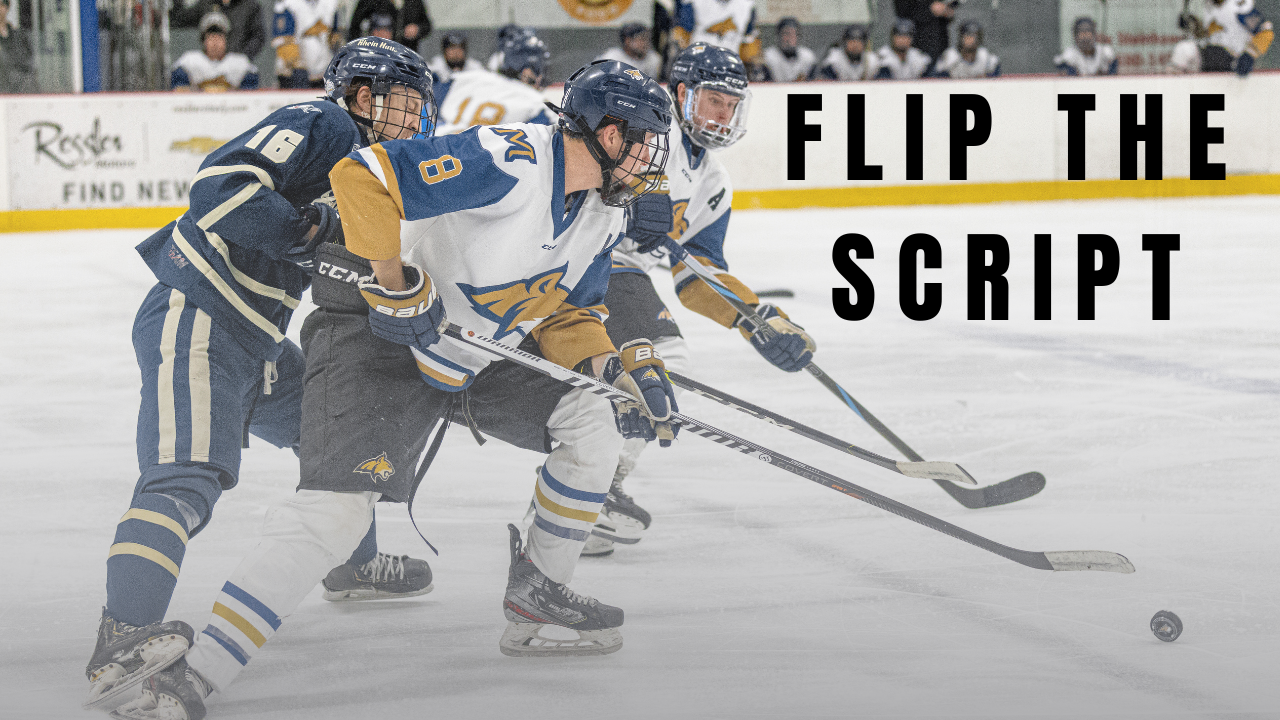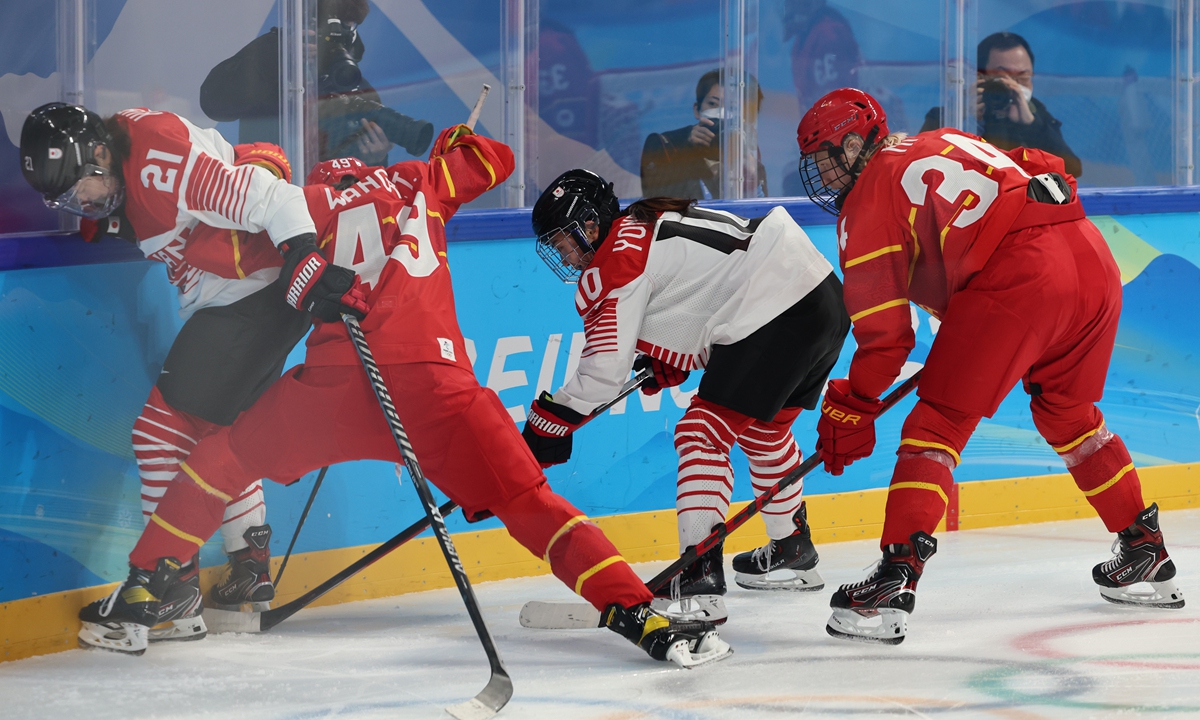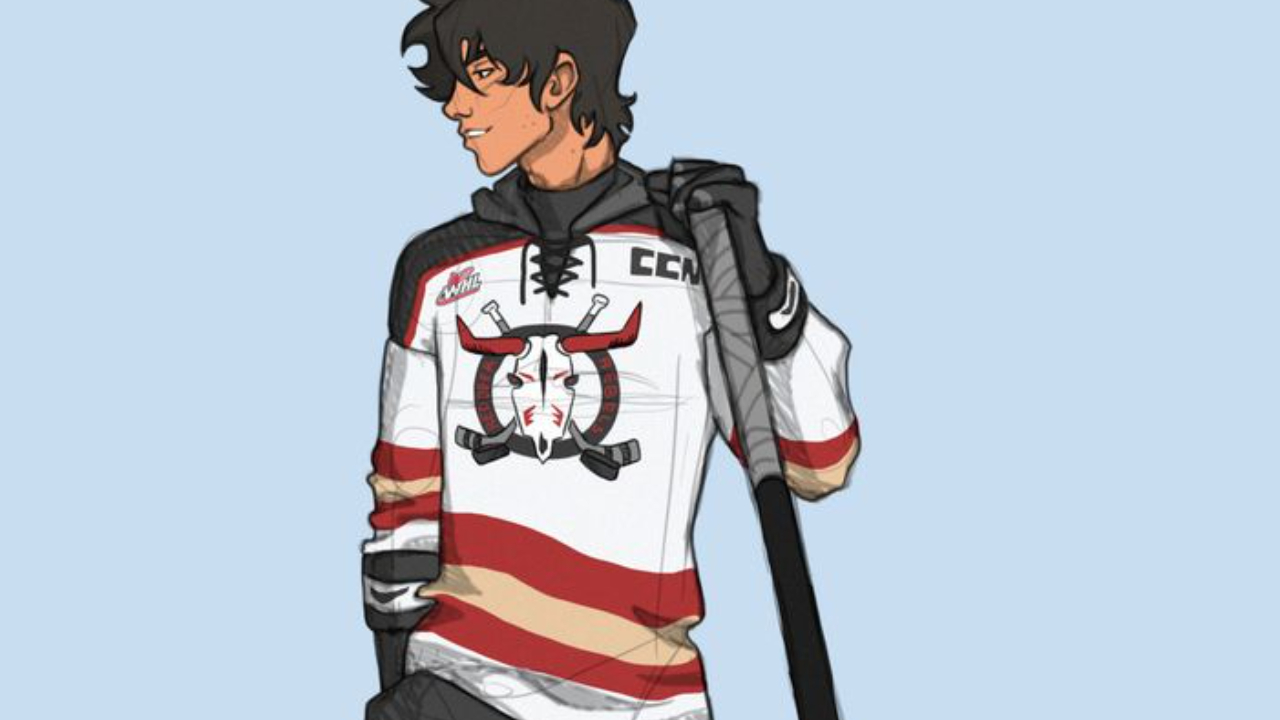
In the heart of Canada, a young hockey player named Jake "The Skate" Larson lived. Jake had been playing hockey since he could walk, and his love for the game was as boundless as the frozen ponds of his hometown. He dreamed of playing in the NHL, but something was holding him back. Maybe, it was his coaching?
Jake's coach, Coach Ron, was a well-meaning but old-school type of coach. His methods were straightforward: drill after drill, repetition upon repetition. "Practice makes perfect," he'd bellow, as the team executed the same plays over and over again. For Jake, in the early stages of learning, these techniques were crucial, and Coach Ron's detailed instructions helped him grasp the basics of stickhandling, shooting, and skating.
In the early (cognitive) stage of learning, this approach was beneficial. Jake learned the fundamentals of hockey through explicit instructions and constant feedback. He understood the mechanics of a slapshot and the proper form of an ideal stride. But as Jake progressed, moving into later ages and stages of competition, something changed. His performance on the ice became more mechanical and less fluid. He was thinking too much about his movements, and it was slowing him down.
As Jake advanced into more competitive leagues and the associative stage of skill acquisition, he began to experience a problem. Coach Ron's incessant feedback was becoming a crutch. Jake was performing well in practice, where Coach Ron's voice guided his every move, but during games, without that constant input, Jake struggled. He struggled to adapt to the fast-paced, ever-changing dynamics of a real match.
One evening, after a particularly difficult practice, Jake's frustration boiled over. "Coach, why can't I play like I do in practice? What's missing?" he asked, hoping for some insight.
Coach Ron scratched his head. "Jake, you just need more practice. More drills. Keep repeating until it's perfect."
Jake wasn't convinced. He had watched a reel on modern training methods that encouraged more game-like scenarios, small-area games and simulations with less direct feedback and more discovery. He decided to take matters into his own hands. On weekends, he began practicing on the frozen pond near his house. There, he played with friends, simulating real-time game-like situations. No drills, no repetition—just pure, open unstructured play.
During these sessions, Jake started to make rapid improvements. He was forced to adapt on the fly, relying on his instincts rather than overthinking every move. He began to internalize his skills, making them more automatic. His shots became more accurate, his passes more precise, and his overall gameplay more dynamic.
Jake's breakthrough came during a high-stakes game against a rival team. Coach Ron was on the sidelines, shouting instructions, but Jake barely heard him. He was in the zone. He maneuvered around defenders with ease, anticipated plays before they happened, and scored the game-winning goal with a shot that felt as natural as breathing. The crowd erupted, and for the first time, Jake felt like he was truly playing hockey, not just performing drills.
After the game, Coach Ron approached Jake with a puzzled look. "What changed out there?" he asked.
Jake grinned. "I started playing hockey.”
Jake's story spread through the town, and eventually, to Coach Ron. Realizing that his methods might be outdated, Ron began incorporating more open-ended, less structured practice, encouraging his players to think for themselves and adapt to the game's fluid nature. He reduced the constant feedback, allowing the players to develop their internal sense of the game.
Jake "The Skate" Larson's journey from a mechanically skilled player to an intuitive, autonomous athlete underscored a vital lesson: while foundational skills and repetition are important, true excellence comes from the ability to adapt, innovate, and play the game as it unfolds. And so, a young player's dreams began to take flight, not through rigid drills, but through the freedom to truly skate.
